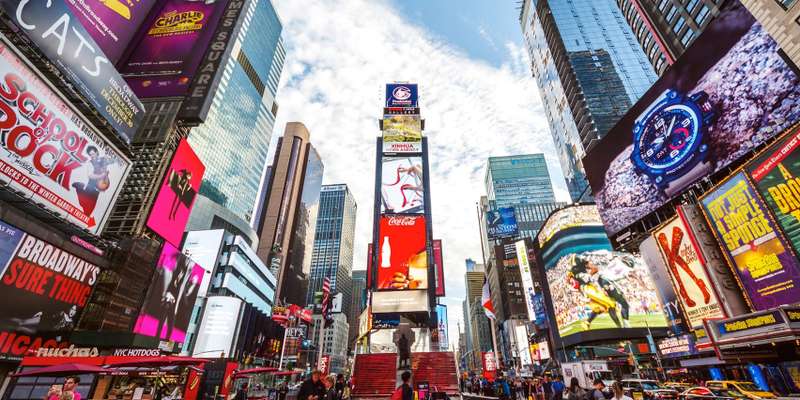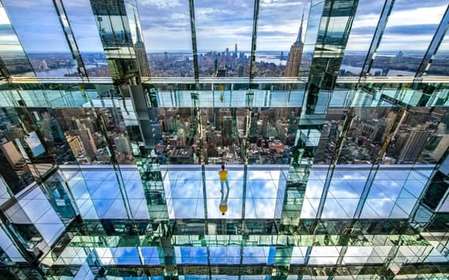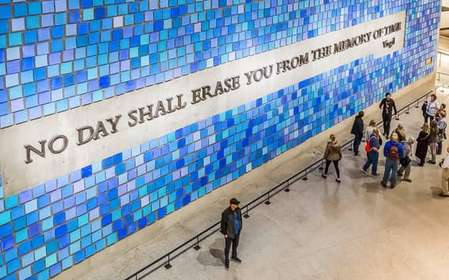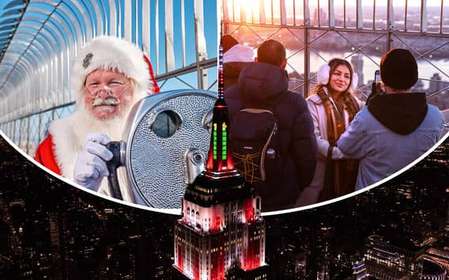- Home
- Useful Tips
- Discovering underground jazz...
Finding authentic underground jazz clubs in Greenwich Village can feel like searching for a needle in a haystack. With over 80 jazz venues in New York City, visitors often waste precious vacation time bouncing between tourist traps or overpriced spots that lack the neighborhood's legendary bohemian spirit. The frustration is real – 63% of jazz enthusiasts leave NYC disappointed by generic experiences, according to a recent urban culture survey. Between misleading online reviews, hidden entrances, and unpredictable schedules, even music lovers with the best intentions struggle to tap into the Village's vibrant jazz scene the way locals do. This historic neighborhood still pulses with intimate venues where jazz legends once played, but discovering these cultural gems requires more than just a map and a hope.


Why most visitors miss the real jazz experience
The main obstacle isn't lack of options, but rather the concentration of tourist-focused venues along main thoroughfares. Places with flashy neon signs and Times Square-style hawkers might seem convenient, but they often prioritize cover bands over innovative artists. Meanwhile, the Village's most authentic jazz spots maintain deliberately low profiles – some don't even have websites, relying instead on word-of-mouth among regulars. Another common pitfall is timing; many hidden clubs feature their best acts late at night or on weekdays when visitors assume nothing's happening. Locals know that Tuesday evenings might reveal a Grammy-winning pianist testing new material, while Saturday nights bring crowds that change the entire vibe. The clubs themselves also play tricks on newcomers – unmarked doors, basement locations, and cash-only policies all serve as subtle filters separating curious tourists from serious jazz lovers.
Decoding neighborhood clues to find hidden venues
Start by ditching the smartphone navigation and tuning into physical neighborhood cues. Authentic jazz clubs often cluster near historic music landmarks – a good rule is to explore side streets within three blocks of the original Blue Note location. Look for venues without bouncers out front, but with discreet flyers featuring musician names rather than generic 'jazz night' promotions. Local hangouts typically have weathered posters in their windows listing upcoming acts, not glossy advertisements. If you see music stands being carried in through a service entrance around 8pm, you've likely found a serious jazz spot. Don't be fooled by appearances either; some of the Village's best venues look like ordinary brownstones or cafés until the music starts. The key is to wander between 7-9pm when soundchecks reveal hidden venues through open cellar windows and the first sets begin.
When to visit for the most authentic sessions
Contrary to tourist assumptions, weekend evenings often deliver the least authentic Greenwich Village jazz experiences. Friday and Saturday nights see clubs packed with bachelor parties and large groups more interested in the scene than the music. For serious sessions, target Sunday through Wednesday nights when local musicians play extended sets and experiment with new material. The magic hours are typically 10:30pm to 1am, especially at venues without early dinner seatings. Rainy nights surprisingly offer some of the best opportunities – with fewer casual visitors out, clubs relax cover charges and artists stretch their creative boundaries. Summer weeknights also reveal a different Village jazz scene, as many students and professors from nearby NYU and The New School perform while classes aren't in session. Always check academic calendars rather than standard event listings to uncover these special performances.
Blending in once you've found the right spot
Discovering a genuine underground jazz club is only half the battle – knowing how to experience it properly makes all the difference. Seasoned regulars suggest arriving at least 30 minutes before sets to secure sightlines in these intimate spaces, as seating is often first-come. Unlike tourist venues, these clubs maintain strict silence during performances; even cocktail shaking stops when musicians begin. Cash remains king at most authentic spots, with many maintaining a 'one drink per set' minimum rather than formal cover charges. Dress codes are nonexistent, but locals tend toward dark, comfortable clothing that doesn't distract from the music. Most importantly, resist the urge to record videos – these clubs survive by creating sacred spaces where artists feel safe to take risks. Your best souvenir will be the memory of that perfect solo floating through a century-old basement as the Village's jazz legacy lives on.



